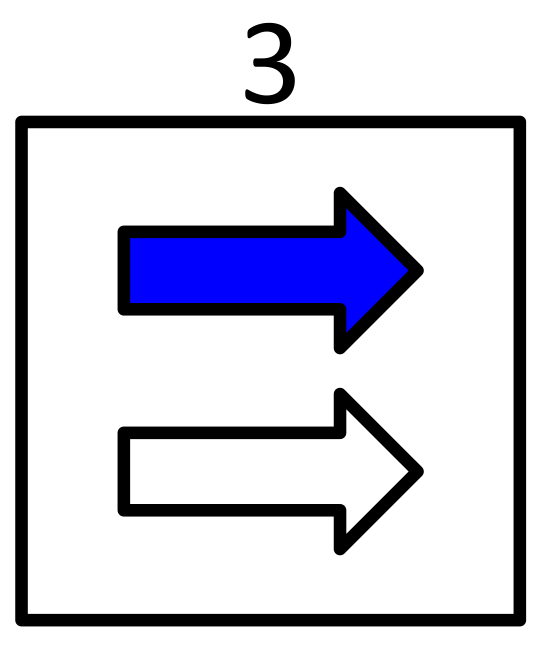Problem of the Week
Problem A and Solution
Tricky Tiles

Problem
Escher is planning to use tiles to create a border on his kitchen wall. The border will be formed by a row of single tiles. He has selected the first 8 tiles he plans to use. He has numbered them in the order of a pattern he wants to appear, from left to right. The pattern repeats every few tiles, and we can see the repetition in the first 8 tiles in the picture.
What will the 9th tile look like?
What will the 15th tile look like?

Solution
We can see that the pattern repeats itself after every 4 tiles.
So the 9th tile will be the same as the 5th tile which is the same as the 1st tile.
We can continue laying out the pattern to see what the 15th tile would be. In particular:
The 1st, 5th, 9th, 13th, ... tiles are all the same.
The 2nd, 6th, 10th, 14th, ... tiles are all the same.
The 3rd, 7th, 11th, 15th, ... tiles are all the same.
The 4th, 8th, 12th, 16th, ... tiles are all the same.
So, the 15th tile will be the same as the 3rd tile.


Teacher’s Notes
M.C. Escher is an artist known for his mathematically inspired works, including many tessellations. A tessellation, also known as a tiling, covers a surface with repeated geometric shapes. Tiles can be simple shapes like squares, or they can be much more intricate like the artistic renderings of Escher. Tilings appear in art, crafts such as quilting and mosaics, architecture such as the pyramid at the Louvre Museum or The Gherkin tower in London, and nature such as honeycombs.
Tessellations have appeared in artistic works for centuries. However, mathematicians have only studied them seriously since the late 19th century. During his life, Escher interacted with prominent mathematicians George Pólya, Roger Penrose, and Harold Coxeter. Today mathematicians continue to study variations of tilings including tessellations in three dimensions.
